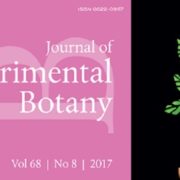
Special Issue: Legumes – From Food Security to Climate Change
Plant Science Research Weekly, Research0 Comments
/
The April issue of J. Exp. Bot is a special issue on Legumes. The Editorial introduction, by Considine et al. (10.1093/jxb/erx099) observes that grain legumes “will form a cornerstone of future food and nutritional security and a global web of biodiversity.” Issue articles span topics including genomics…
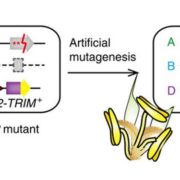
What We're Reading: May 19th
Blog, Research, Research BlogSpecial Issue: Legumes – From Food Security to Climate Change
The April issue of J. Exp. Bot is a special issue on Legumes. The Editorial introduction, by Considine et al. (10.1093/jxb/erx099) observes that grain legumes “will form a cornerstone of future food and nutritional security and a global…
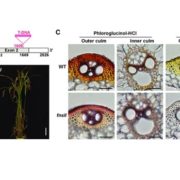
The New Plantae: Growing Stronger Together
Blog, ResearchYou asked - we listened! In early June, Plantae will transform into a more collaborative, intuitive workspace for the plant science community.
We can’t wait to show you and have you explore the new site! Look out for a VIP invite with instructions - coming on June 9 - and get ready for something…

Student-driven plant breeding symposium addresses global challenges in the 21st century
GPC BlogThis week we spoke to Francisco Gomez and Ammani Kyanam, graduate students in the Soil and Crop Science Department at Texas A&M University, USA. They were part of the organizing committee for the recent Texas A&M Plant Breeding Symposium, a successful meeting run entirely by students at the University.
Could…
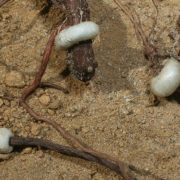
Australia's giant parasitic Christmas tree, with blades sharp enough to cut telephone wire
Blog, Education, Education General, Education General PublicHere's a fascinating plant in honor of Fascination of Plants Day #PlantDay
By Tim Low, published in Australian Geographic
AUSTRALIA HAS A PARASITE believed to be the largest in the world, a tree whose greedy roots stab victims up to 110m away. The Christmas tree (Nuytsia floribunda) has blades…
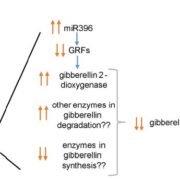
Solar UV-B Inhibits Growth of Maize Leaves
Plant Physiology, Plant Physiology: On The Inside, ResearchGrowth inhibition is one of the most consistent plant responses to Ultraviolet-B (UV-B) exposure; this radiation, both as part of the solar spectrum in the field and from UV-B lamps in controlled environments. In this work, Fina et al. (10.1104/pp.17.00365) demonstrate that the UV-B levels…
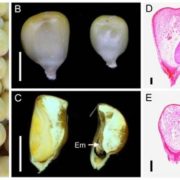
Vitamin B6 Is Essential for Maize Embryogenesis
Plant Physiology, Plant Physiology: On The Inside, ResearchVitamin B6 is synthesized de novo in plants, fungi, archeae, and most eubacteria, but not in animals, including humans, which have to obtain it from dietary sources. Vitamin B6 is an essential cofactor for a range of biochemical reactions and a potent antioxidant. In plants, it plays important roles…
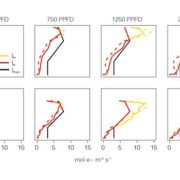
Light Direction, Absorption, and Photosynthesis
Plant Physiology, Plant Physiology: On The Inside, ResearchPlant photosynthesis generally increases with irradiance until light saturation occurs. The directional quality of light, however, can affect its penetration and absorption within a leaf. For example, increasing the angle of incidence (from perpendicular) at which light intersects the leaf surface decreases…

A Flavone Synthase that Alters Lignin
Plant Physiology, Plant Physiology: On The Inside, ResearchLignin, a ubiquitous phenylpropanoid polymer found in the cell walls of vascular plants, is derived primarily from oxidative couplings of monolignols (p-hydroxycinnamyl alcohols). By filling up spaces between cell wall polysaccharides (cellulose and hemicelluloses), lignin confers increased mechanical…

